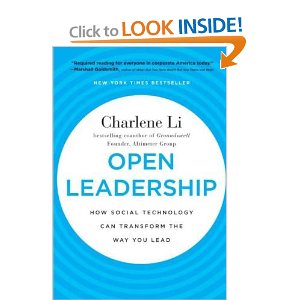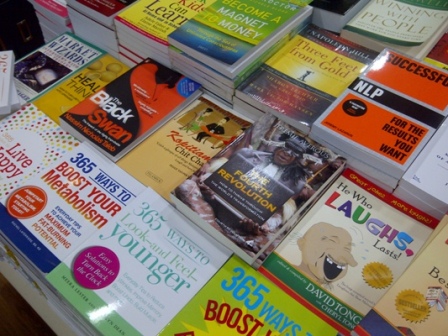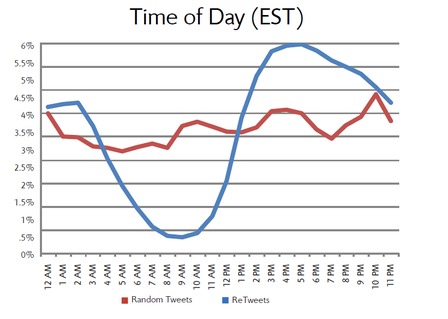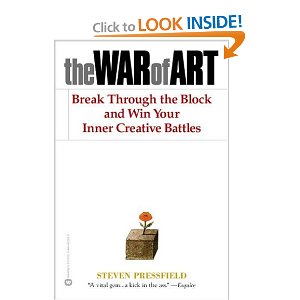I highly recommend ‘Open Leadership’ by Charlene Li. The book is about how social technology transforms leadership in organizations.

She tackles many issues we have already discussed in this blog, and she provides a number of practical examples that are really enlightening. What’s really good about the book, actually, is how practical it is, and how she shows the struggles of executives with a more open leadership style.
She also provides practical way forward, showing how social network strategy needs to be aligned with the organization’s strategy. It is possible to embrace social networks within pre-defined limits. She shows how to define and enforce these limits, and how to take advantage of the value of the Fourth Revolution while minimizing risk – personal, and for the organization.
We will discuss some striking ideas particularly in some following posts. Today let’s reflect on this quote
“Open leadership is how leaders must let go to succeed”
That’s real. It is about how to let go old-fashioned control to influence the organization at a higher level. Letting go is hard. Let’s help our leaders understand that they have to let go. Or they will get run over by the Fourth Revolution’s speeding train.
When do you let go of your old all-controlling-closed leadership style?







